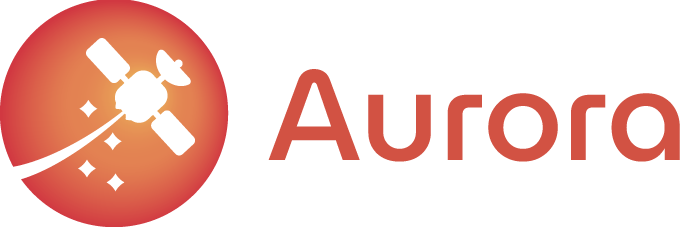June 2022
PIL tests
The AURORA Project demonstrates the capabilities of the QGen Code Generator and associated tools (GNU GPL or alternative similar licensing Conditions).
The Processor-in-the-loop (PIL) campaign aims to verify the floating-point tolerance of the autogenerated code and the performance evaluation of the CPU on the target environment (processor). The IO module of TSIM3 simulator was designed and implemented to enable access to the input and output files that are needed by each test.
PIL tests were derived/ported from the original SIL (software-in-the-loop) tests generated by QGen Debugger (runs on host/Linux x86-64) to run on target – emulated (by TSIM) processor (LEON2).
This video illustrates the process of preparing and executing PIL tests. The differences between execution on the host and target can be compared. A total of 276 tests were executed where all tests passed.
QGen/TASTE case study
A case study on QGen/TASTE integration has been added to the TASTE wiki.
May 2022
QGEN/TASTE Workshop
During the QGEN/TASTE workshop organised in May/22, we have shared and discussed several stimulating topics regarding interoperability and integration of modelling languages.
How does SW modelling work with TASTE? How the integration of Simulink and QGenwas implemented and adapted?
Please check our videos
March 2022
The project has achieved the first two phases of the planning: Specification and Requirements Gathering and Technology Demonstration Design.
The requirements for the technology demonstrator, including performance against the baseline EUCLID were specified, as well as the definition of modelling standards for space AOCS and GNC (Guidance Navigation and Control) SW. The code generation with QGen from the demonstration model were performed. The Model-in-the-loop test phase allowed us to ensure AOCS functionality and requirements are satisfied. Moreover, the SW-in-the-loop tests provided a good performance and no numerical discrepancies.
AURORA also provides the definition of an Autocoded Flight Software Life-cycle process based on QGen. In this period, the workflow and standards involved in the Model-in-the-loop process were defined, supported by AURORA modelling guidelines and the definition of the Models Unitary Integration and performance test campaign.
An analysis on trends for SW architecture design using AUTOSAR, NASA cFS and SAVOIR were carried out. The result is compiled in the Component-Based Interface (CBI) Requirements Specification. The Technical Architecture Design and the Interface Specification describe the AURORA solution. Components are designed using TASTE SpaceCreator.
The code generation tool-chain is integrated into the TASTE framework (https://taste.tools/), the ESA development environment dedicated to embedded real-time software. In this period, AURORA has re-used and improved on the existing QGen templates; tests and integration with SpaceCreator were carried out. Currently, a branch in TASTE repository with all modifications is accepted.
The Technology Readiness Assessment Plan has been prepared for the Demonstration Viability Assessment that allows AURORA to go for a target TRL-6.
An AURORA project news was published by SENER internal and social channels and the project visual identity (Project logo and documentation templates) were developed. Some abstracts have been submitted; the notification of acceptance will come in this year.
The Plan for Exploitation and Dissemination of results is prepared including the Identification of Key Exploitation Result ensuring an added value with respect to Individual Business objectives. The definition of the exploitation steps is considering: Involved partners, Audience adapted to the result, Role for dissemination and Dissemination tools and channels.
